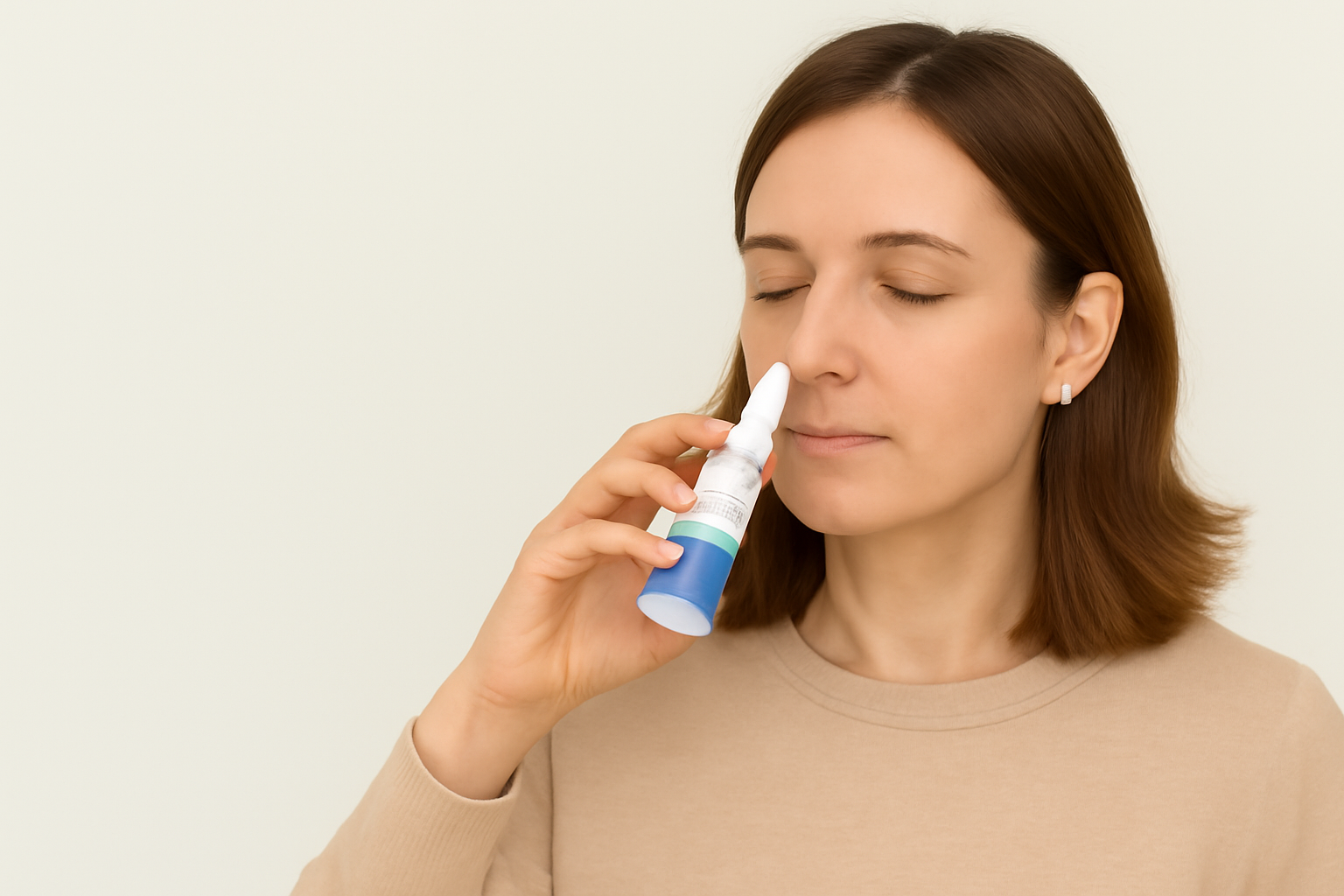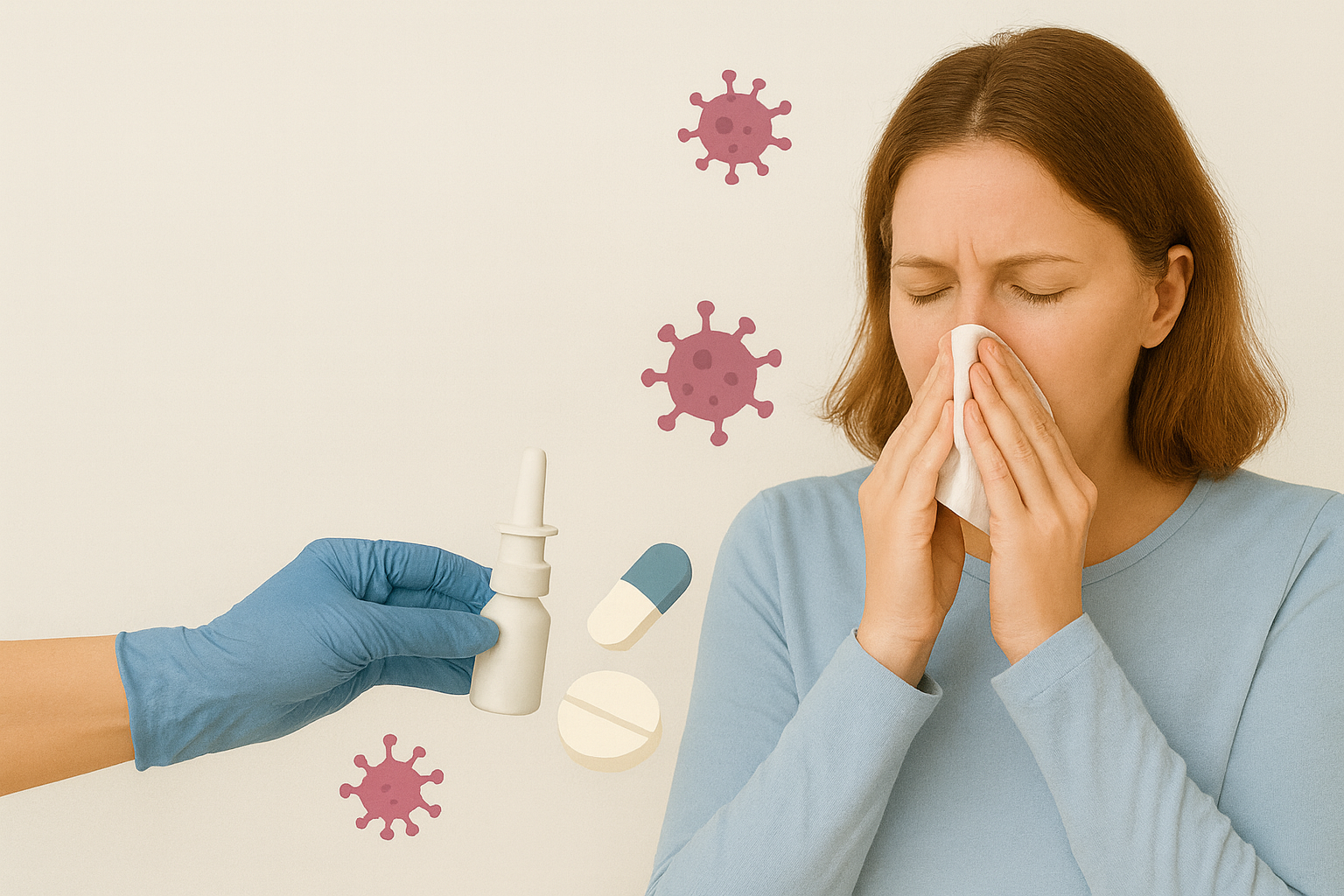As the COVID-19 pandemic underscored the urgency of infection control, researchers turned their attention to povidone-iodine (PVP-I)—a well-established antiseptic with broad-spectrum antimicrobial properties. In this in vitro study, scientists sought to determine how effectively PVP-I nasal antiseptics could inactivate SARS-CoV-2, the virus responsible for COVID-19, in extremely short contact times.
The results, published in JAMA Otolaryngology–Head & Neck Surgery, provide compelling evidence that PVP-I may serve as a valuable adjunct to personal protective equipment (PPE), especially in healthcare environments where viral exposure risk is high.
Background
SARS-CoV-2 enters the body primarily through the upper respiratory tract. Nasal epithelial cells, especially ciliated and goblet cells, have high levels of ACE2 receptors, which the virus uses for cellular entry. This makes the nasal cavity a critical site of early viral replication and transmission.
Healthcare professionals, particularly in otolaryngology and dentistry, are at high risk due to procedures that generate aerosols. While masks and face shields are essential, the nasal cavity remains a vulnerable area. Intranasal antisepsis, particularly using PVP-I, has been proposed as a supplementary measure to help reduce viral load and mitigate transmission.
Study Design
This controlled laboratory study tested aqueous PVP-I nasal antiseptic solutions at concentrations of 0.5%, 1.25%, and 2.5% against SARS-CoV-2. Each solution was exposed to the virus for either 15 or 30 seconds, simulating brief contact that might be achievable in clinical use.
The experiments were performed under strict biosafety level 3 conditions using the USA-WA1/2020 strain of SARS-CoV-2. Virus survival was assessed using standard end-point dilution assays, and the log reduction in viral titers was compared to both a water-only negative control and a 70% ethanol positive control.
Results
The study found that all tested PVP-I concentrations effectively inactivated SARS-CoV-2 after just 15 seconds of contact, achieving greater than a 3-log reduction in viral titers (more than 99.9% inactivation). This performance surpassed that of the ethanol control at the same exposure time, which only achieved a 2.17-log reduction.
No cytotoxic effects were observed on the cultured cells, indicating the safety of the tested PVP-I formulations in vitro. When extended to 30 seconds, both PVP-I and ethanol achieved similar log reductions (>3.3), but PVP-I remained the only solution to reach this level of efficacy at the shorter 15-second mark.
Discussion and Clinical Relevance
The study confirms that PVP-I can rapidly inactivate SARS-CoV-2 in vitro at concentrations as low as 0.5%, suggesting that even dilute solutions may be clinically effective. Previous clinical studies have supported the safety of PVP-I at concentrations up to 1.25% for short-term use, and even lower concentrations have been safely used over longer periods.
The findings highlight the potential for using PVP-I as a pre-procedural rinse or as part of routine nasal hygiene protocols in healthcare settings. This could be especially valuable in mitigating viral transmission during aerosol-generating procedures.
Importantly, the research emphasizes that when applied intranasally, PVP-I is diluted by nasal secretions, which contain mucus, enzymes, and organic debris that may reduce antiseptic potency. Therefore, solutions should be strong enough to account for this dilution but not so concentrated as to impair mucociliary clearance or damage nasal epithelium.
Safety and Limitations
While the results are promising, intranasal use of PVP-I must be approached with care. It is contraindicated in individuals with iodine allergy, active thyroid disease, pregnancy, or those undergoing radioactive iodine therapy. Although iodine absorption through the nasal mucosa is minimal at recommended concentrations, long-term use may warrant thyroid monitoring.
Moreover, not all commercial PVP-I products are suitable for nasal application, as many contain excipients that may be harmful to mucosal tissues. Only formulations specifically designed for intranasal use, or freshly prepared and properly diluted aqueous PVP-I solutions, should be used.
Finally, while this study confirms rapid in vitro inactivation of the virus, randomized clinical trials are needed to confirm real-world benefits in reducing infection rates or transmission.
Conclusion
This study adds strong laboratory-based evidence that povidone-iodine nasal antiseptics can rapidly inactivate SARS-CoV-2. When used appropriately, PVP-I could serve as a valuable tool to complement existing protective measures such as masks and ventilation.
As the global community continues to seek effective and accessible ways to curb viral transmission, especially in healthcare environments, intranasal antisepsis with PVP-I may offer an additional layer of defense against COVID-19.






.png)